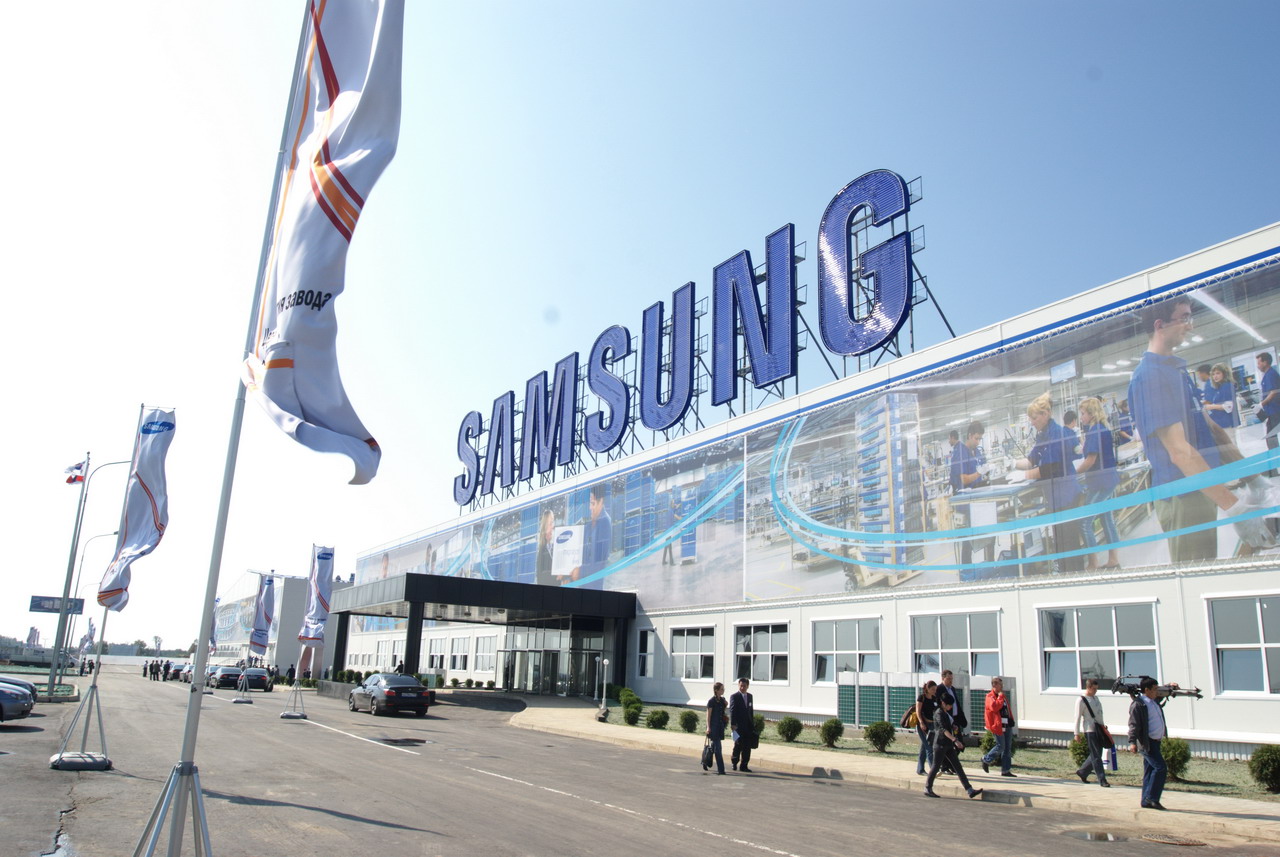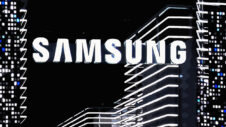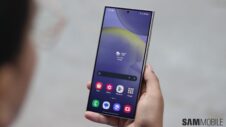Samsung has been hard at work developing the technology required to operate a 5G network for a little over two years now. We first caught wind of the project when the manufacturer revealed that it managed to clock a transmission speed of 7.5Gbps (940 MB per second) using a 28GHz 5G cellular connection. Shortly after it achieved this milestone, the firm announced that it had partnered with Korean telecommunications giant LG U+ to aid the creation of standards for the next major frontier in mobile telecommunication. This partnership led to the development of the world's first end-to-end 5G solution that we saw showcased at MWC back in February. Unfortunately, just after this, news on the subject went a little quiet.
However, following Samsung's declaration to be a global top-three player in the 5G industry, the company has today divulged that it recently hit another significant achievement in the development of its 5G network: multi-cell handover. As opposed to blanketing an entire area with an individual radio signal, as current telecommunications do, Samsung has created an adaptive beamforming technology that's targeted at each user's device. These beams are handed over to different transmitters as the user passes from area-to-area. Unfortunately, the need to precisely manage beamforming during handover added additional complexity to the transition process, but it was a challenge that Samsung has now been able to overcome, as can be seen in the video below, where a vehicle traveling at 25kph was able to move between three transmitters, maintaining a gigabit data transmission.
Don't be thinking that a 5G launch is right around the corner, though, as it will take a good few years before 5G becomes mainstream and affordable. Major carriers in the United States are hoping to launch their 5G services by late 2017 or early 2018. However, pricing will be at an all-time high in order to cover the extortionate cost of development.







